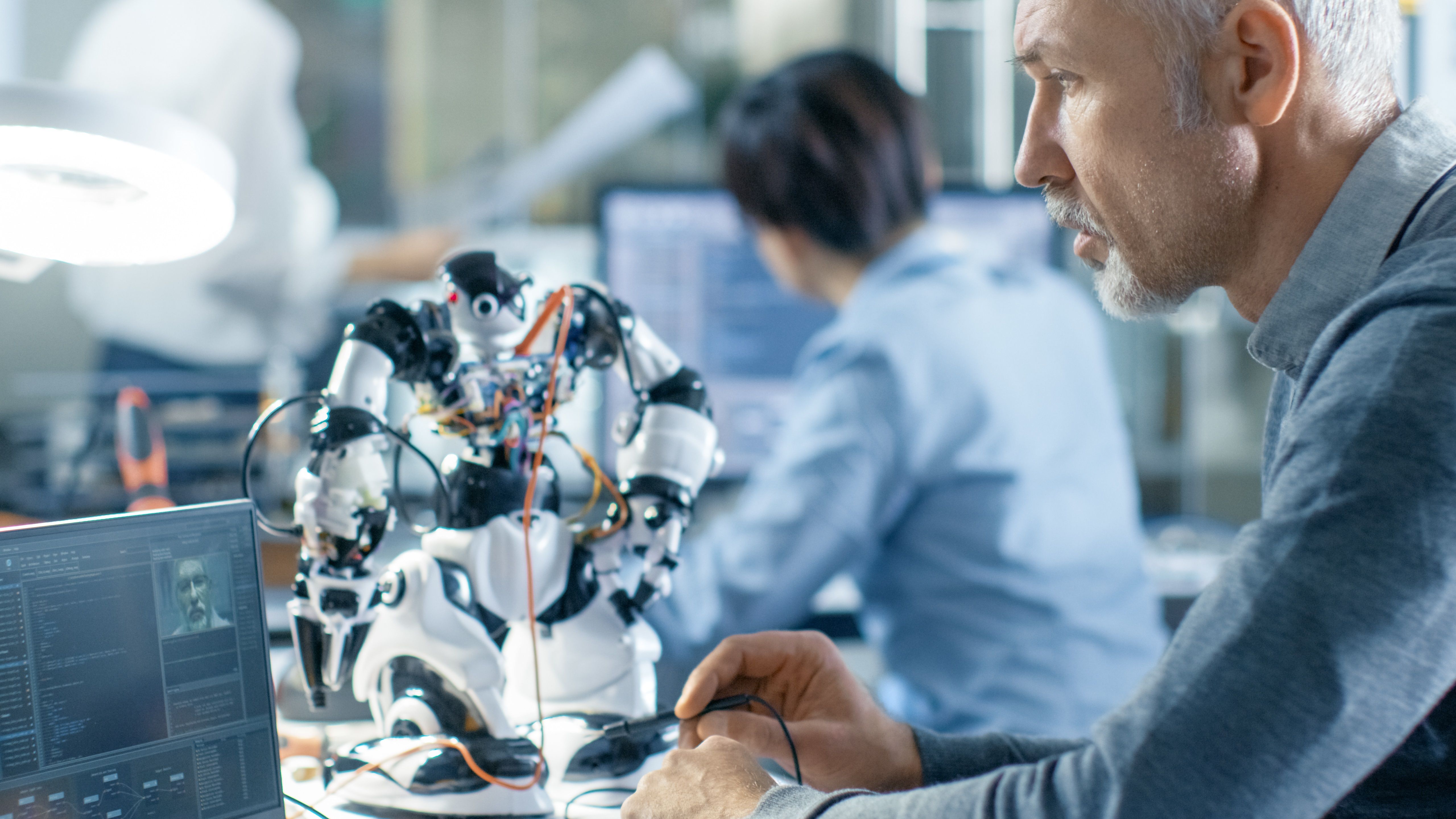Robotics will automate, not dominate

Things are becoming more and more automated in many sectors and the rise of the robots appears unstoppable. Imagine if your colleague wasn’t a human, but instead a robot. Perhaps it’s not that difficult to picture as integrating Artificial Intelligence (AI) into the workforce isn’t a new concept.
On the one hand, automation will not only complement the work of humans but will also allow us to lead happier lives, cites a new report from The Economist Intelligence Unit.
On the other, robots will replace up to 20 million jobs globally by 2030 (almost 9% of the global manufacturing workforce), according to a new study by Oxford Economics.
The report further states that new jobs will likely be created at the same rate of replacement. Automation is increasing in popularity across nations and sectors such as manufacturing and engineering, as costs fall, and robots become cheaper than human workers. Oxford Economics estimates that the average unit price per robot fell 11% between 2011 and 2016, while technology improves, and machine capabilities become more complex.
While the two reports believe ultimately that automation will be good for the human race, they have very different ideas about what happens in the short term.
The EIU report shows that 79% of senior executives believe that automation is most effective when it complements existing engineering and manufacturing jobs, carried out by humans, not replacing them. Moreover, 85% believe automation will enable people to be happier whilst accelerate human achievement.“Over the last decade, the prospect of mass automation has seemingly shifted from a vague possibility to an inescapable reality," says Brett Longden, Redline's Consultant in our Manufacturing & Operations division. While it’s still incredibly difficult to estimate the ultimate impact of automation and AI on the economy, the picture is starting to become a bit clearer as projections begin to converge.
Today’s findings show that job losses remain a key concern in the manufacturing and operations industry due to automation, however, it’s change management that is crucial when it comes to introducing robots, and robotic elements, into the manufacturing and engineering sector. Management must make staff feel like they have a personal and professional stake in the changes being made, with employees understanding that automation will free manufacturing jobs from being repetitive jobs for higher-value tasks.
While the operational benefits of automation – including increased productivity and error reduction – are well-known, the perceived undercutting of the workforce has been a persistent obstacle to adoption. Whilst most business leaders understand that automation technologies are not seen as a substitute for the existing workforce. On the contrary, the prevailing view is that automation will accelerate human achievement.
Automation isn't a new trend in manufacturing, of course. The automotive industry, for example, used 43% of the robots in the world in 2016. According to a PwC report, more than half (59%) of manufacturers are already using some form of robotics technology.
In some factories today, robots can be seen collaborating with human workers. The Tesla Gigafactory is allegedly one of the most advanced factories ever built. Robots self-navigate Autonomous Indoor Vehicles (AIVs) freely without beacons or magnets guiding them and their major responsibility is to shift goods between workstations.
The effect on economic output could be tremendous. Oxford Economics estimates that boosting robot installations to 30% above the current growth forecast by 2030 would lead that year to a 5.3% increase in global GDP, or $4.9 trillion. That's more than the projected size of Germany's GDP for that year.
Robots will ultimately boost productivity and economic growth, as well as spur industries that don't even exist yet.
Technology simultaneously creates jobs, but how many?
- One bright spot is that automation and AI will also create jobs, likely in functions that are difficult for us to conceive of today.
- Historically, technology has created more jobs than it has destroyed.
AI alone is expected to have an economic impact of $15.7 trillion by 2030.
Millennial workers will comprise 75% of the manufacturing workforce by the year 2025, the overall impact of technological advancements on the manufacturing employment landscape remains to be seen.
But this much is clear: From automation and robotics to computer-controlled systems, the manufacturing environment looks much different today than it did in past decades. As this next wave of automation continues to cement itself across the manufacturing industry, we will begin to see a transformation like never before; robots will not only collaborate with humans in the workplace, but they will help to revolutionise the job roles and skillsets that humans can adopt.
The term ‘cobot’ was coined by professors at Northwestern University in America and defines robots that collaborate with humans in the workspace. The ROI behind cobots is already being realised by companies today.
How does your company view the impact of this technological shift in manufacturing? What does it mean for your employees?
Are you looking for your next Manufacturing & Operations job? For a full breakdown of the typical Manufacturing & Operations recruitment handled by Redline, click here.
To find out more about careers in manufacturing or to see our latest job opportunities, please click here or alternatively contact Brett Longden on 01582 878841 or email BLongden@RedlineGroup.Com

